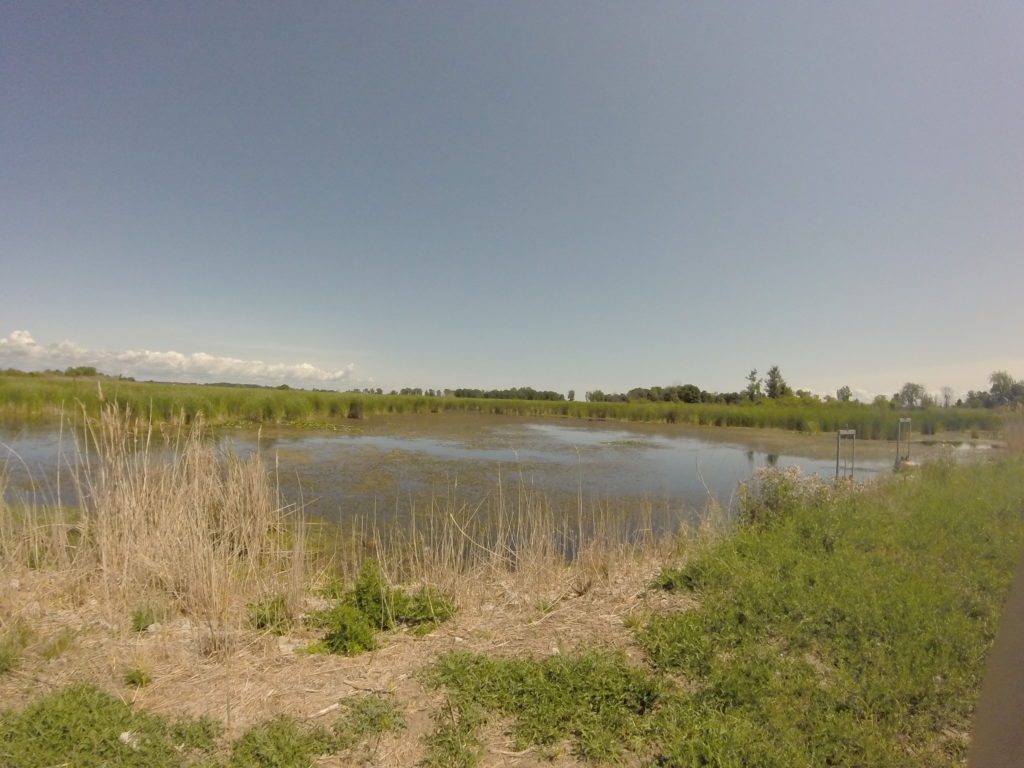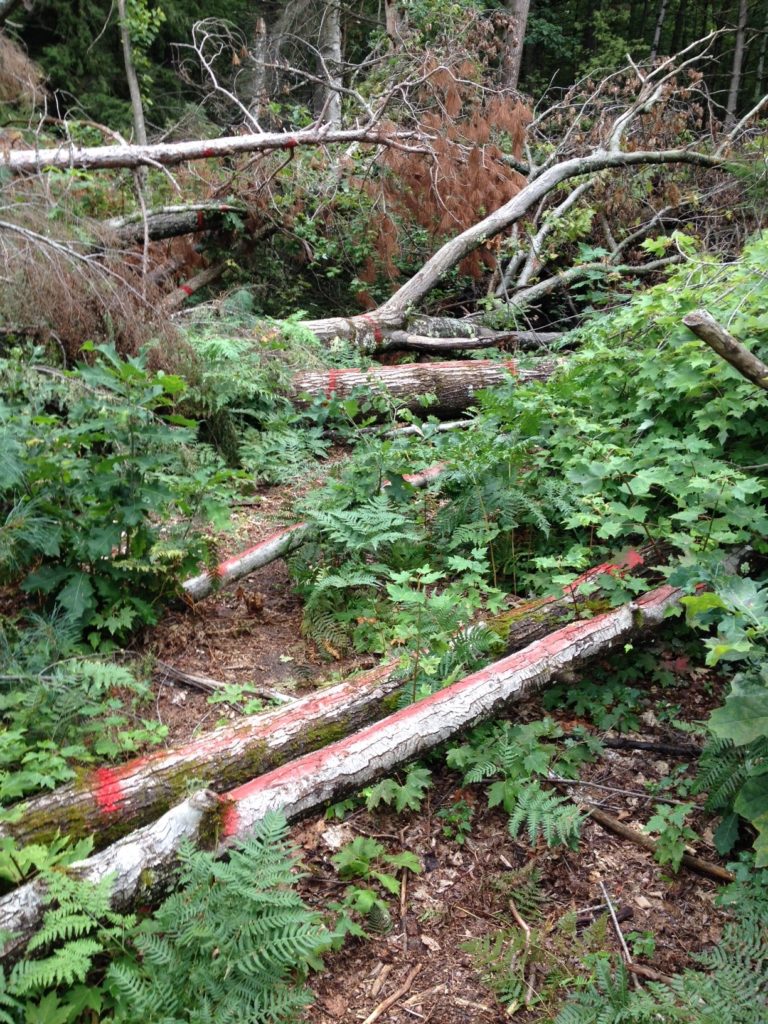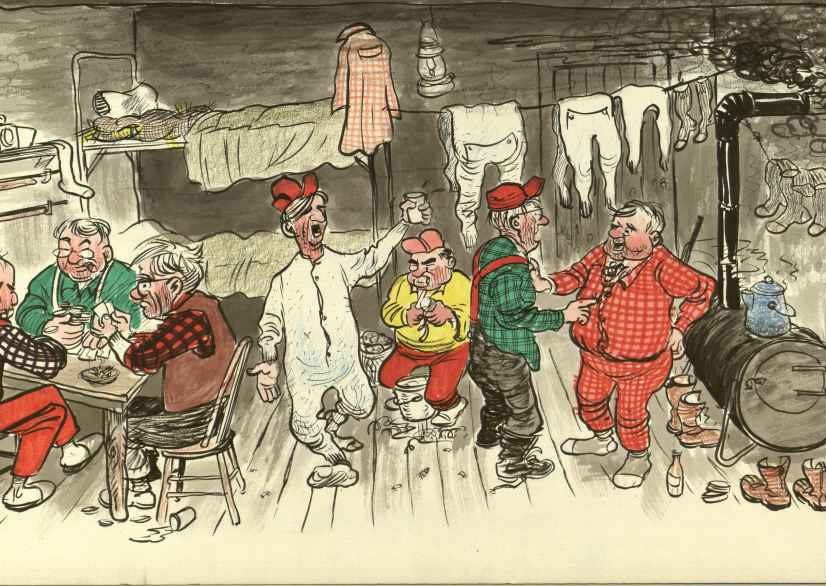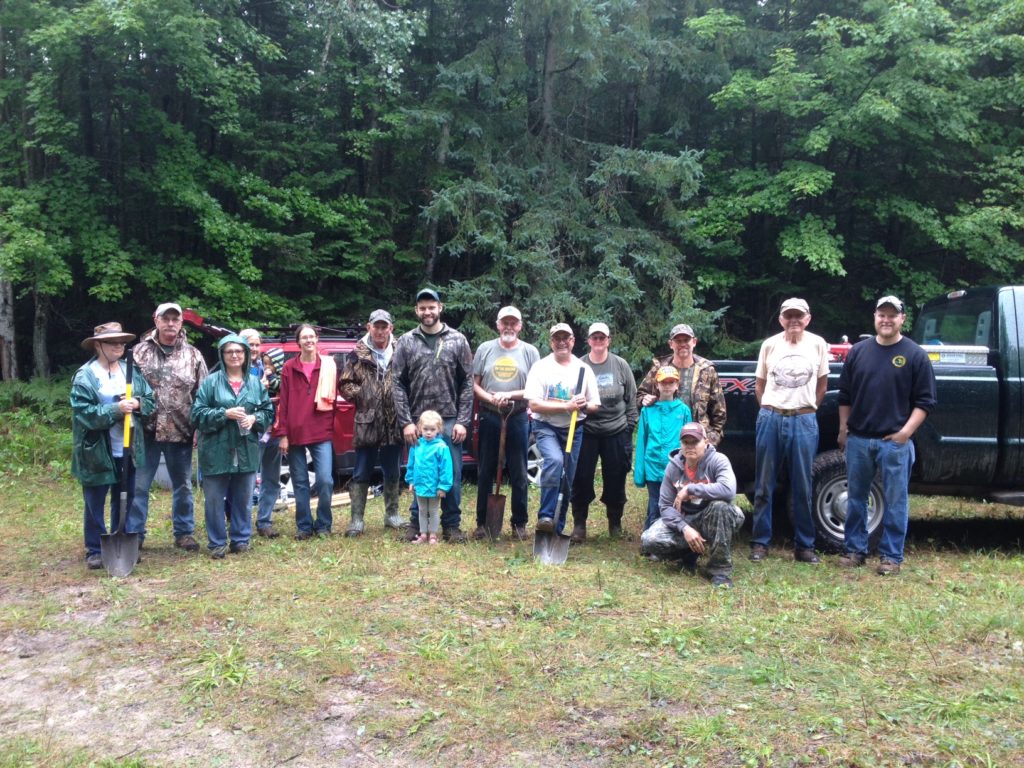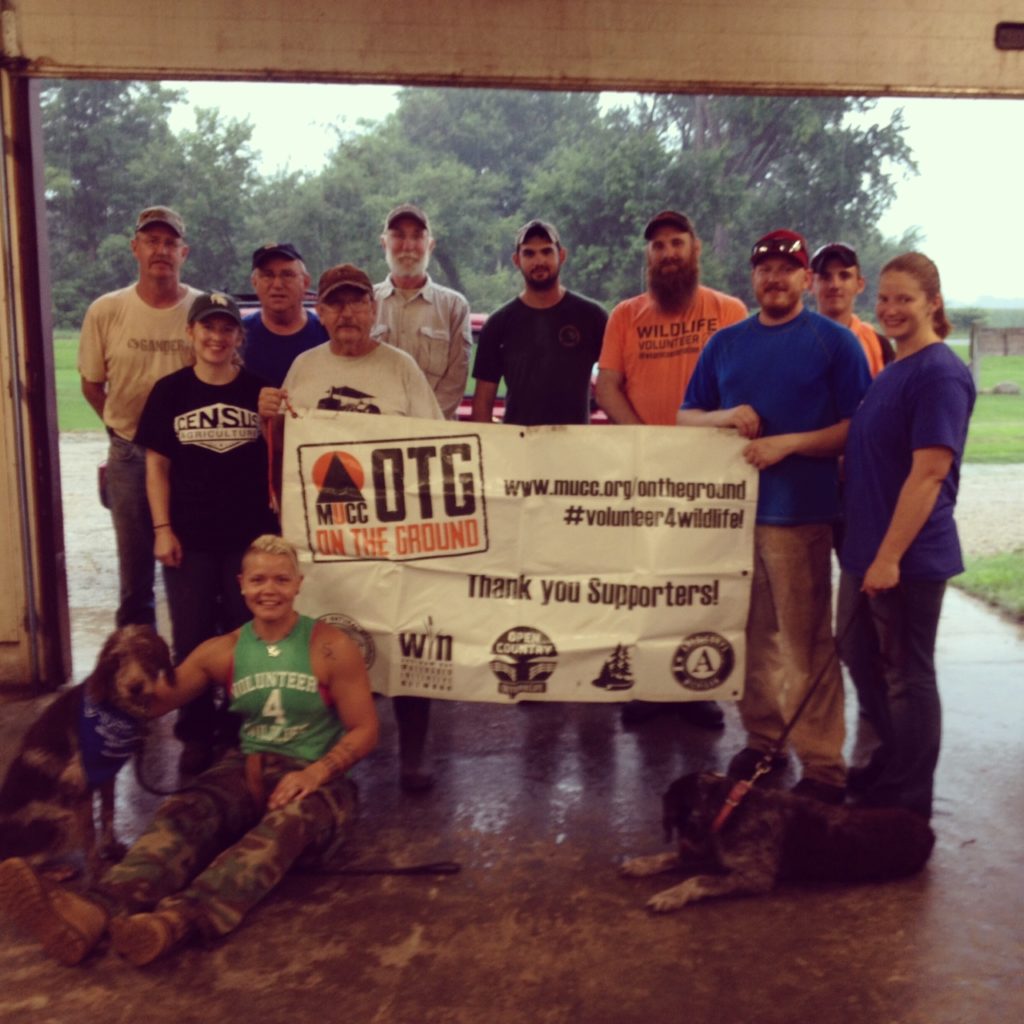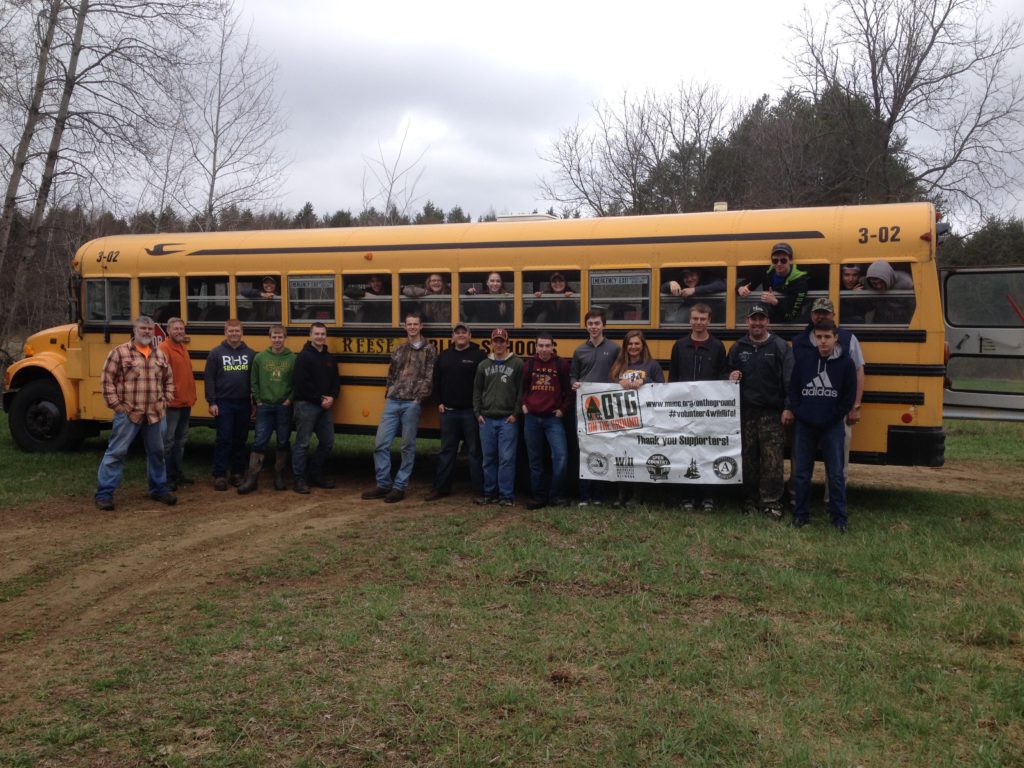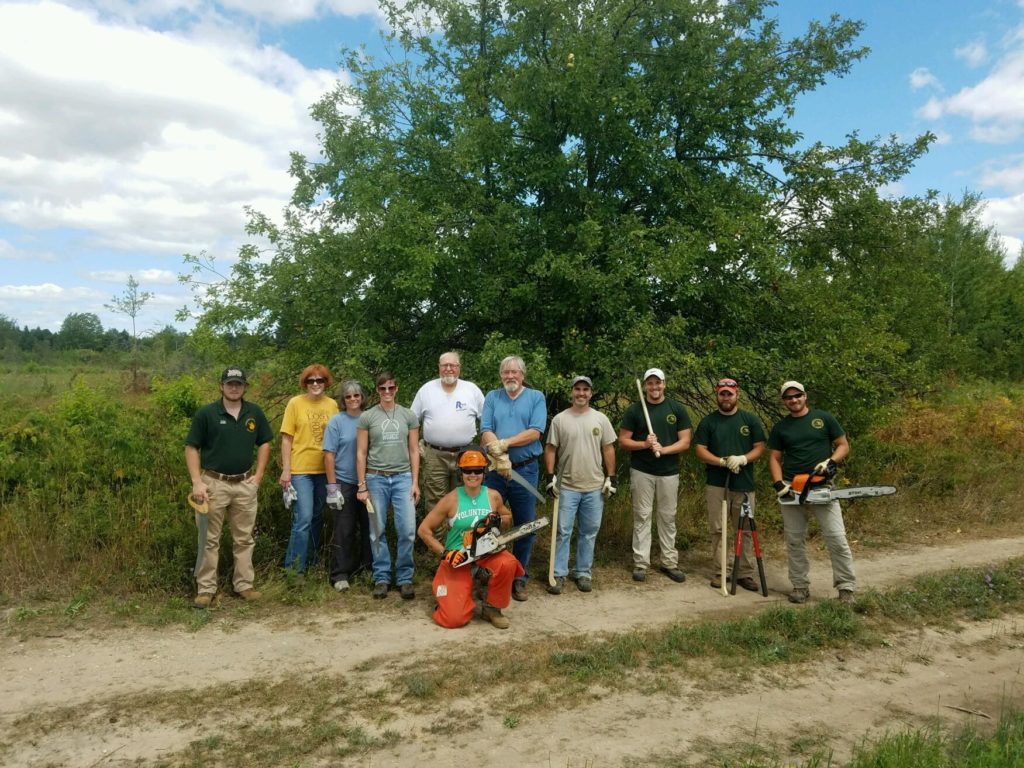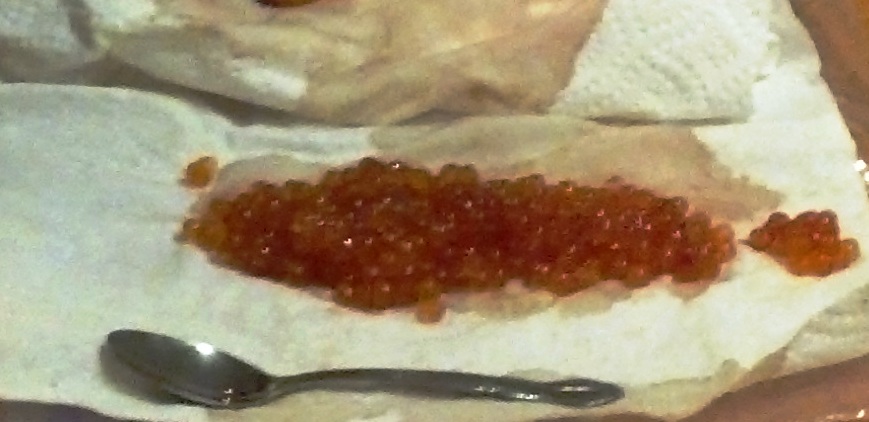Posts by lschultz
A BRIEF LOOK INTO MICHIGAN’S ECONOMY AND THE EFFECTS OF INVASIVE SPECIES
Michigan is proudly known for its extensive outdoor recreational opportunities and tourist destinations spanning across both the Lower and Upper Peninsulas. Each year visitor spending brings in over $17 billion dollars, which supports over 150,000 jobs in the state alone. With visitors traveling in from all parts of the world, the pathways for invasive species…
Read MoreMUCC'S WILDLIFE HABITAT PROGRAM HEADS TO NW MICHIGAN
MUCC’s Wildlife Habitat Program will be reaching the NW Region of Michigan’s Lower Peninsula for the first time on Saturday, September 17th. Volunteers will be meeting at 9am at the Petobego State Game Area to build brush piles for rabbitat. The Petobego SGA is composed of 629 acres in Grand Traverse and Antrim Counties. It…
Read MoreIn the Field: Are We our Own Worst Enemy?
by Anna Mitterling, Wildlife Cooperative Coordinator, MUCC Last week I posted a DNR press release announcing the publication of the first year of managing for CWD here in southcentral Michigan. I was surprised by a few responses to that report. But what stemmed out of that dialogue reminded me of a larger issue than just hunters who…
Read MoreVOLUNTEERS PLANT 230 TREES IN SHINGLETON STATE FOREST GEMS AREA
Last weekend’s wildlife habitat project was a great one in the Upper Peninsula’s Shingleton State Forest Garden Grade Rd Grouse Enhanced Management Site (GEMS) area. There was a turnout of 21 volunteers, despite the rain, to plant 230 mast-producing trees and shrubs. The trees and shrubs planted included ninebark, American mountain ash, American hazelnut, and…
Read MoreVOLUNTEERS BUILD BRUSH PILES IN THE ALLEGAN STATE GAME AREA
Last weekend’s weather couldn’t stop volunteers with MUCC’s Wildlife Habitat Program from improving wildlife habitat on public land. A group of fifteen volunteers met at the Allegan State Game Area to remove a half mile of wire fencing between an open field and a pine-oak stand. This fencing was acting as a barrier between a…
Read MorePHOTOGRAPHER RAISING INVASIVE SPECIES AWARENESS WITH ART
Most of us are aware of the threats that invasive plants can pose to our waters and lands, clogging our rivers, and choking out native plants. But it can be hard to get some folks concerned for the survival of plants, when there’s so many cute animals to go around, like the painted turtle or…
Read MoreOVER 1,000 VOLUNTEERS HAVE IMPROVED WILDLIFE HABITAT WITH MUCC
Last weekend, seven volunteers improved wildlife habitat in the Barry State Game Area by building four new brush piles for rabbitat. Volunteers cut black locust trees from a stand that is due to be cut as it’s reached its 30-year regeneration cycle. The Barry SGA does not have a sustainable aspen population, so the regeneration…
Read MoreMUCC AND THE NWTF IMPROVE HABITAT IN THE GRAYLING STATE FOREST
This past weekend, volunteers with MUCC’s Wildlife Habitat Program collaborated with the Northern Lower Peninsula region’s National Wild Turkey Federation Biologist (NWTF), Ryan Boyer, to improve wildlife habitat in the Grayling State Forest. This project is part of a larger Wildlife Habitat Grant partnership involving NWTF, the Ruffed Grouse Society (RGS), Whitetails Unlimited, and Michigan…
Read MoreIn the Field: Starting a Cooperative
by Anna Mitterling, Wildlife Cooperative Coordinator, MUCC Wildlife cooperatives provide great opportunities for shaping what management looks like over a landscape. These groups consist of landowners and hunters who share a common interest in surrounding wildlife habitat and harvest management. While the early stages of cooperative development take a lot of time and energy, it…
Read MoreCHUMMING BANNED ON TROUT STREAMS STATEWIDE
As of the last NRC meeting on July 14th, chumming regulation in Michigan have been updated to prohibit chumming with organic material on types 1, 2, 3, and 4, streams. The NRC and DNR received public comments for a 3-month period and the NRC received comments at fourteen meetings before coming to this conclusion. Earlier…
Read More
